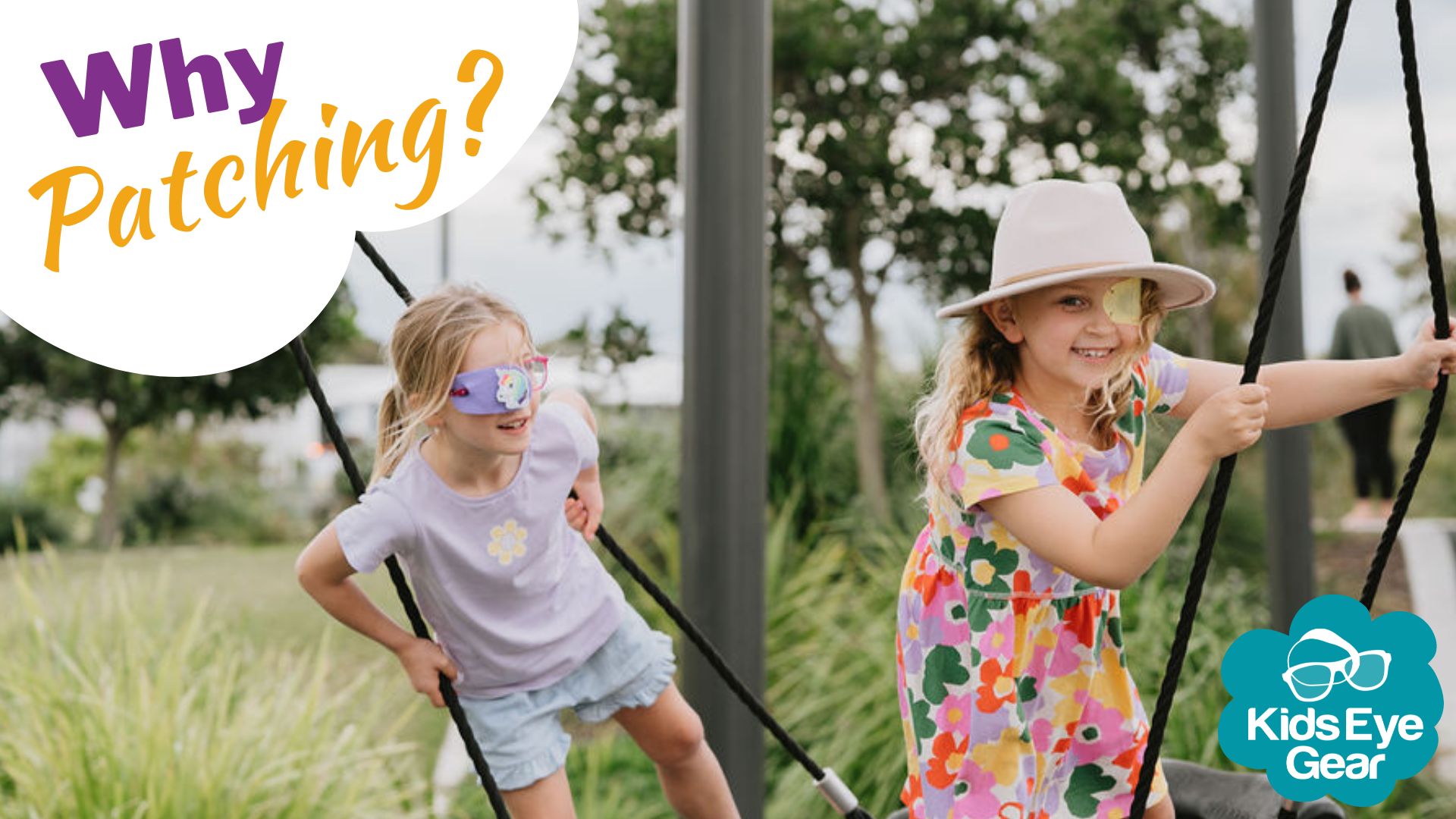Why Might Kids Need to Patch Their Eye?
25th Jun 2023

As parents, we often encounter situations requiring us to seek information to better understand our children's unique needs. One such scenario is when we're told our little one must wear an eye patch. It can be a shock, maybe even frightening, as we imagine the worst. However, there are many reasons why this is a necessary medical treatment for certain eye conditions, and patching should be embraced with open minds.
Here at Kids Eye Gear, we believe that knowledge is empowering, so this article looks into the reasons behind eye patching in children and what conditions might necessitate it.
What does eye patching involve?
Eye patching is a simple yet effective technique involving covering one eye to encourage visual development in the other. By temporarily concealing the stronger eye, the weaker eye is stimulated, helping it grow stronger and improve visual function.
Treatment is usually for a number of hours per day and continues until either vision is normal or there's no further improvement. The length of time a child will need to patch can vary from a few weeks to several years, depending on their individual circumstances.
Conditions that might lead to kids patching
There are a number of conditions that patching is a recommended treatment for:
●Amblyopia, commonly known as "lazy eye," is a condition where one eye has weaker vision than the other. Eye patching is often prescribed to help strengthen the weaker eye by forcing it to work harder, leading to better vision over time.
●Strabismus, which means misaligned or crossed eyes. Eye patching can be used as part of the treatment plan to realign the eyes and promote binocular vision. Covering the stronger eye encourages the brain to pay more attention to the weaker eye, ultimately aiding in eye coordination.
●Glaucoma, although relatively rare in children, glaucoma can occur and may require eye patching as a treatment option. Patching can help alleviate the pressure within the eye, reducing symptoms and promoting overall eye health.
●Cataracts, while commonly associated with older individuals, can also affect children. After cataract surgery, eye patching may be prescribed to help the development of clear vision in the affected eye.
●Injury, accidents leading to eye injuries easily occur during childhood, and patching can play a vital role in the recovery process. Covering the injured eye allows it to heal while protecting it from additional strain or harm.
●Retinoblastoma, is a rare eye cancer that affects the retina of the eye and is typically diagnosed in young children. Eye patching can be utilised as a component of the treatment plan, working alongside other therapies to combat this serious but rare condition.
The importance and benefits of patching
Eye patching is an important part of treating various eye conditions in children, and it's a relatively easy procedure to manage. Here are just some of the benefits of patching:
●Stimulates vision development in weakened eyes
●Helps realign crossed eyes
●Promotes healing after eye injury or surgery
●Can prevent further damage to eyes caused by strabismus or glaucoma
●Supports treatment for rare and serious diseases like retinoblastoma
Overall, patching is a safe and effective treatment that can help improve your child's vision in both the short- and long term. With proper management combined with other treatments as recommended by your specialist, it can be a powerful way to ensure your little one's eyesight is as strong and healthy as possible.
You can support your child's visual health journey by being aware of the conditions that may require eye patching and then helping them with their patching. Remember, at Kids Eye Gear, we're here to provide support, guidance, and a range of fun and colourful patches to make treatment enjoyable for your child. Together, let’s ensure eye patching becomes a positive and empowering part of their life.

